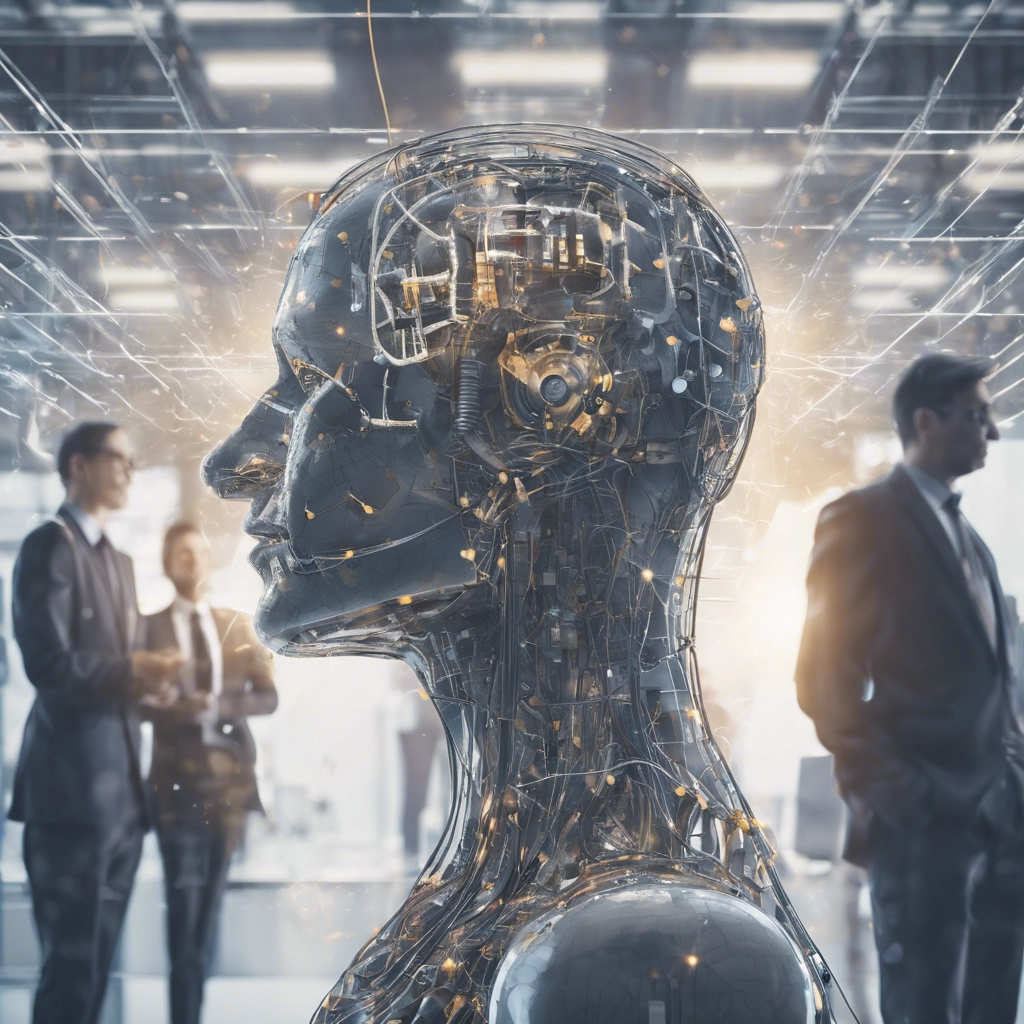
Abstract: The United States Patent and Trademark Office (USPTO) has issued comprehensive guidance on the patentability of inventions developed with the assistance of artificial intelligence (AI), aiming to clarify the complex landscape surrounding AI-assisted innovation. This article explores the key points outlined in the guidance, emphasizing the pivotal role of human contributions in determining patent eligibility. It examines the criteria for assessing significant contributions, underscores the importance of striking a balance between promoting innovation and safeguarding future developments, and highlights the implications of the guidance for patent applicants.
Introduction: As artificial intelligence (AI) continues to reshape the landscape of innovation, questions surrounding the patentability of AI-assisted inventions have become increasingly prevalent. In response to the pressing need for clarity, the USPTO has issued comprehensive guidance, shedding light on the intricate nuances of patent eligibility in the realm of AI.
Patentability Hinges on Human Contribution: The crux of the guidance revolves around the principle that patentability hinges on whether a human made a “significant contribution” to the invention, even in cases where AI plays a pivotal role in the inventive process. This underscores the USPTO’s commitment to incentivizing and rewarding human ingenuity while acknowledging the transformative potential of AI in innovation.
USPTO Guidance Unveiled: On Monday, the USPTO unveiled its long-awaited guidance on the patentability of AI-assisted inventions, providing clarity and direction to patent applicants navigating this complex terrain. Published in the Federal Register on Tuesday, the guidance marks a significant milestone in the evolving landscape of patent law.
Balancing Innovation and Future Developments: The guidance underscores the importance of striking the right balance between encouraging innovation and avoiding unnecessary restrictions on future developments. USPTO Director Kathi Vidal emphasized the need to promote human ingenuity while ensuring that patent protections do not unduly stifle innovation in the AI era.
Criteria for Determining Significant Contributions: The guidance outlines clear criteria for determining significant contributions, emphasizing that mere ownership or oversight of AI systems is not considered sufficient. Instead, applicants must demonstrate how humans contributed to the definite and permanent idea of the invention, highlighting the role of human ingenuity in the inventive process.
Public Comment Period and Future Updates: The guidance is open for public comments for a period of 90 days, reflecting the USPTO’s commitment to transparency and stakeholder engagement. As AI technology and legal precedent continue to evolve, the USPTO plans to update the guidance to ensure its relevance and effectiveness in guiding patent applicants in the dynamic landscape of AI innovation.
Conclusion: The USPTO’s issuance of guidance on the patentability of AI-assisted inventions represents a significant step forward in clarifying the complex intersection of AI and patent law. By emphasizing the centrality of human contributions and providing clear criteria for assessing patent eligibility, the guidance aims to foster innovation while safeguarding against potential abuse of patent protections in the AI era.